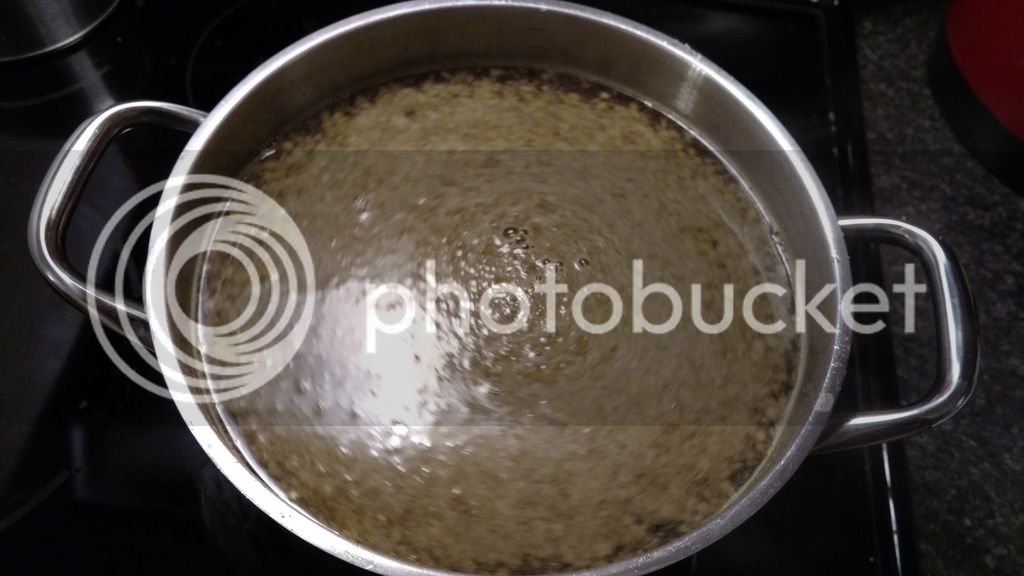Underpitched yeast could account for the fusels. I don't know what sort of temp monitoring you have, but it's also possible that with all the activity in the fermenter that the core temp rose higher than you read, kicking the yeast into full "quick 'n' dirty" mode. I'd say 2 or more packets for the next round, or otherwise a hefty starter (pitching calcs such as mrmalty can help with the math). As for syrup for the quad, you should check out the invert sugar / molasses method. Any sort of acid will do for the inversion. Ascorbic acid will probably be available at your LHBS, possibly at your local drug store, and definitely online. Tartaric or lactic acids are also popular for inversion. A bit of corn syrup (fructose) helps prevent crystallization before inversion is complete. I've got complete instructions in a book, but don't have the gumption to look that up and record it here. I'm sure it's online, though. Just beware the recipes that overcook the sugar leading to carmelization rather than Maillard reactions. OR- skip the inversion step and let the yeast do that, and just add a touch of molasses for that character. Raw sugar can be good for adding that touch of complexity, too.



